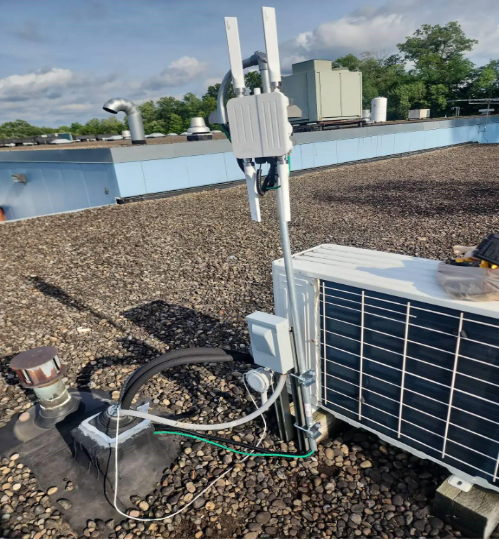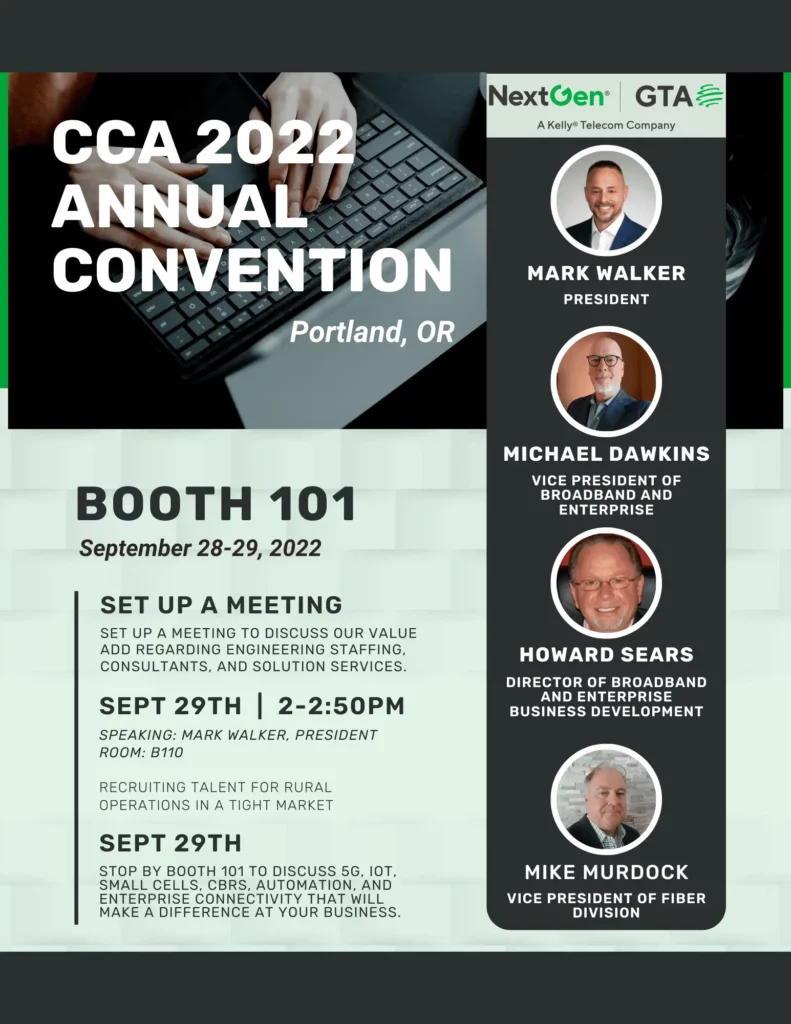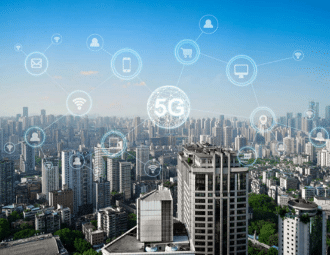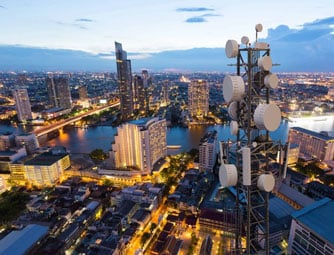AI-Ready Data Centers: What’s Changing—and How to Prepare
September 1, 2025
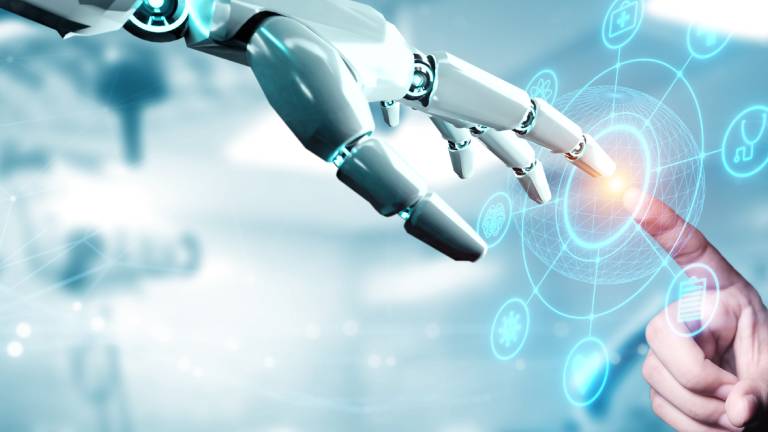
Artificial intelligence is reshaping the data center world faster than anyone expected. What used to mean “add a few more servers” now means rethinking power, cooling, and infrastructure from the ground up.
Why? Because AI clusters behave less like web servers and more like industrial machines. They demand more electricity, shed far more heat, move massive amounts of data, and quickly expose any bottleneck.
The shift is dramatic—but manageable if you understand what’s changing and how to adapt.
Power: From the Grid to the Rack
In traditional enterprise IT, the question was “How many servers can we add before we trip a breaker?”
With AI, the first question is: “Can the grid deliver what we need, when we need it?”
Key changes:
- Utility constraints drive timelines. Substation upgrades and phased energization now dictate schedules as much as hardware lead times.
- Higher voltages closer to the rack. Many operators deliver 415/240 V AC (or even 380 V DC in some cases) to reduce conversion losses.
- Scalable designs. Modular UPS blocks and overhead busways give facilities the headroom for step-function growth.
Bottom line: AI projects stay on track when electrical planning starts at the property line, not at the rack.
Cooling: Liquid Becomes the Default
At AI density, air cooling alone runs out of steam. Fans get loud, power-hungry, and still can’t keep chips within safe temperatures.
That’s why direct-to-chip liquid cooling has gone mainstream. Rear-door heat exchangers can bridge the gap for brownfield sites, but serious AI requires facility water loops and reliable coolant distribution.
Best practices include:
- Redundant loops and leak detection at critical joints.
- Closed-loop designs for water-stressed regions, reducing evaporation.
- Warmer water setpoints to cut energy use and enable heat reuse.
Bottom line: Treat liquid cooling as the default and air as the assist.
Floors, Racks, and Reality
AI racks aren’t just heavier—they’re appliances. A fully built rack can weigh ~3,000 lbs and push 80–120 kW of power.
This means:
- Raised floors are giving way to slab-on-grade construction.
- Overhead power and liquid manifolds make auditing and expansion easier.
- Wider aisles, clear lift paths, and labeled connections reduce risk during maintenance.
Bottom line: Designing for “appliances” ensures safety and reliability as density grows.
Networking: The Fabric Becomes an Accelerator
Training jobs that span hundreds or thousands of GPUs rely on high-speed fabrics. The industry is already moving from 100–200G Ethernet to 400G and 800G backbones, with even higher speeds on the horizon.
- Copper for short runs inside racks, fiber between rows.
- Cable trays and patch panels designed for the next upgrade cycle.
- AI-tuned Ethernet that reduces congestion and keeps GPUs fully utilized.
Bottom line: Think of the network as part of the compute—not just the plumbing.
Storage: Feeding GPUs, Not Just Serving Files
AI workloads hammer storage systems in ways traditional enterprise NAS was never designed for.
Modern patterns include:
- Parallel filesystems (WekaFS, VAST, etc.) paired with NVMe-oF.
- Data staging from object storage into fast flash before training runs.
- GPU utilization as the key metric—not just terabytes served.
Bottom line: Keep the GPU pipeline full and your training jobs finish faster and at lower cost.
Operations: Instrument, Simulate, Scale
Guesswork is expensive in AI data centers. The new playbook:
- Instrument everything. Per-rack power, liquid flow, leak detection, and even per-accelerator draw.
- Use a digital twin. Simulate designs before ordering steel, then test changes and failure scenarios safely post-commissioning.
Bottom line: Data-driven operations mean fewer outages, safer efficiency gains, and clearer business justification for design choices.
Security: Zero Trust Without the Performance Tax
AI clusters are “east-west” heavy—most traffic flows between servers. Purely software-based security can drag down performance.
Best practices:
- Push segmentation and crypto offloads into DPUs (smart NICs).
- Keep management networks out-of-band.
- Use hardware attestation at boot.
Bottom line: Security should scale with your workloads, not slow them down.
Sustainability: Power and Water
Communities and regulators now ask about water as well as PUE.
- Closed-loop systems can minimize water use.
- Warm-water cooling enables heat reuse in some climates.
- Publishing WUE alongside PUE demonstrates true responsibility.
Bottom line: Sustainable designs build resilience, reduce permitting surprises, and protect social license to operate.
Putting It All Together
Becoming “AI-ready” doesn’t require heroics, but it does require sequence and discipline:
- Start with grid alignment and phased energization.
- Make liquid cooling your default.
- Treat AI racks as appliances with slab floors and overhead distribution.
- Build an 800G-ready network fabric.
- Replace “file serving” with parallel filesystems + NVMe-oF.
- Instrument and simulate before scaling.
- Push security into hardware.
- Plan for power and water efficiency.
Do these in order and your data center stops being a constraint—it becomes a launchpad.
How Kelly Digital Infrastructure Can Help
Upgrading for AI isn’t just about equipment; it’s about people and expertise. We brings decades of experience in telecom, engineering, and digital infrastructure staffing and services. From designing liquid cooling systems to implementing next-gen networking and security, our teams help operators move from theory to reality.
Ready to prepare your data center for AI? Contact us today to connect with our engineering and technical experts.



